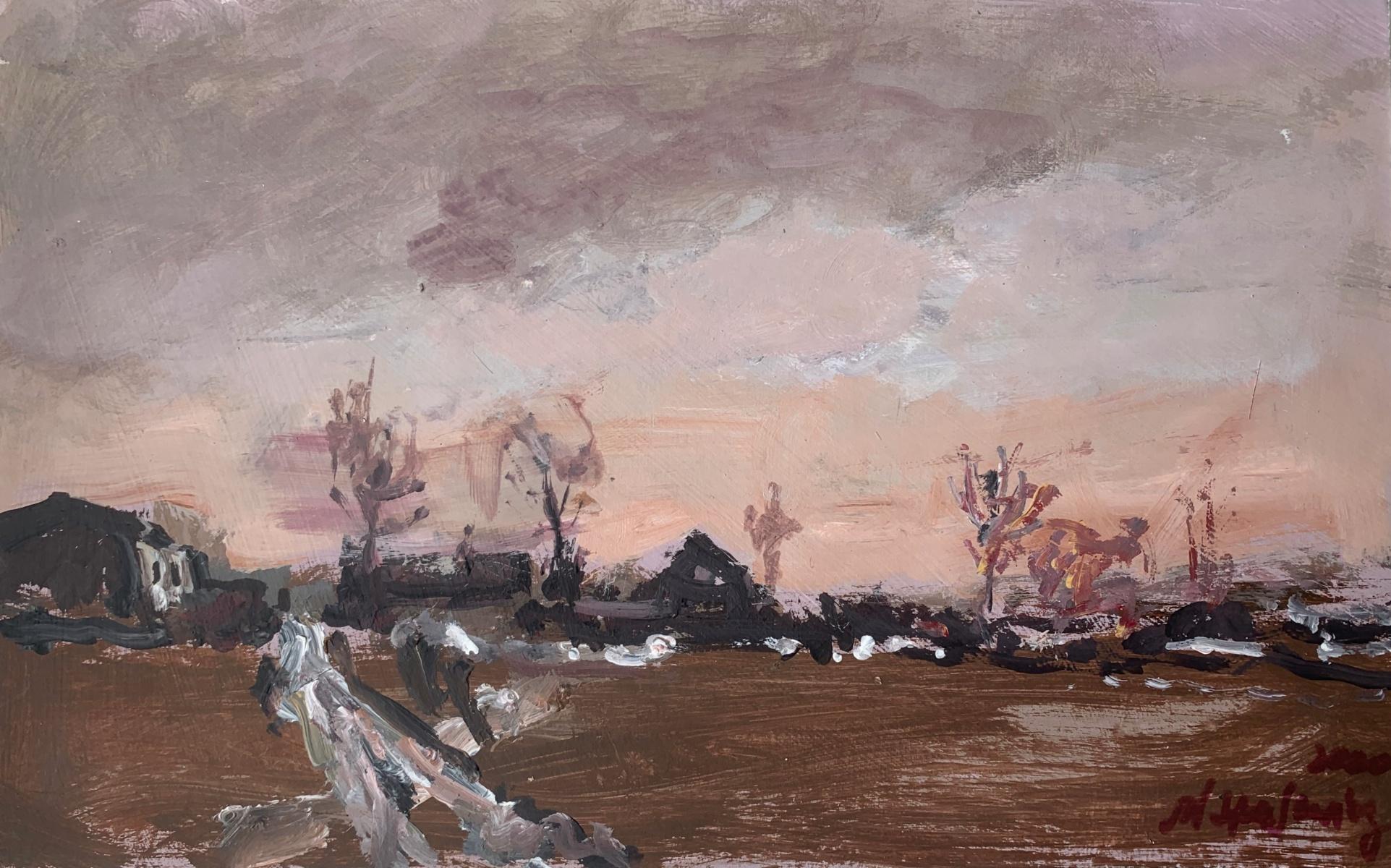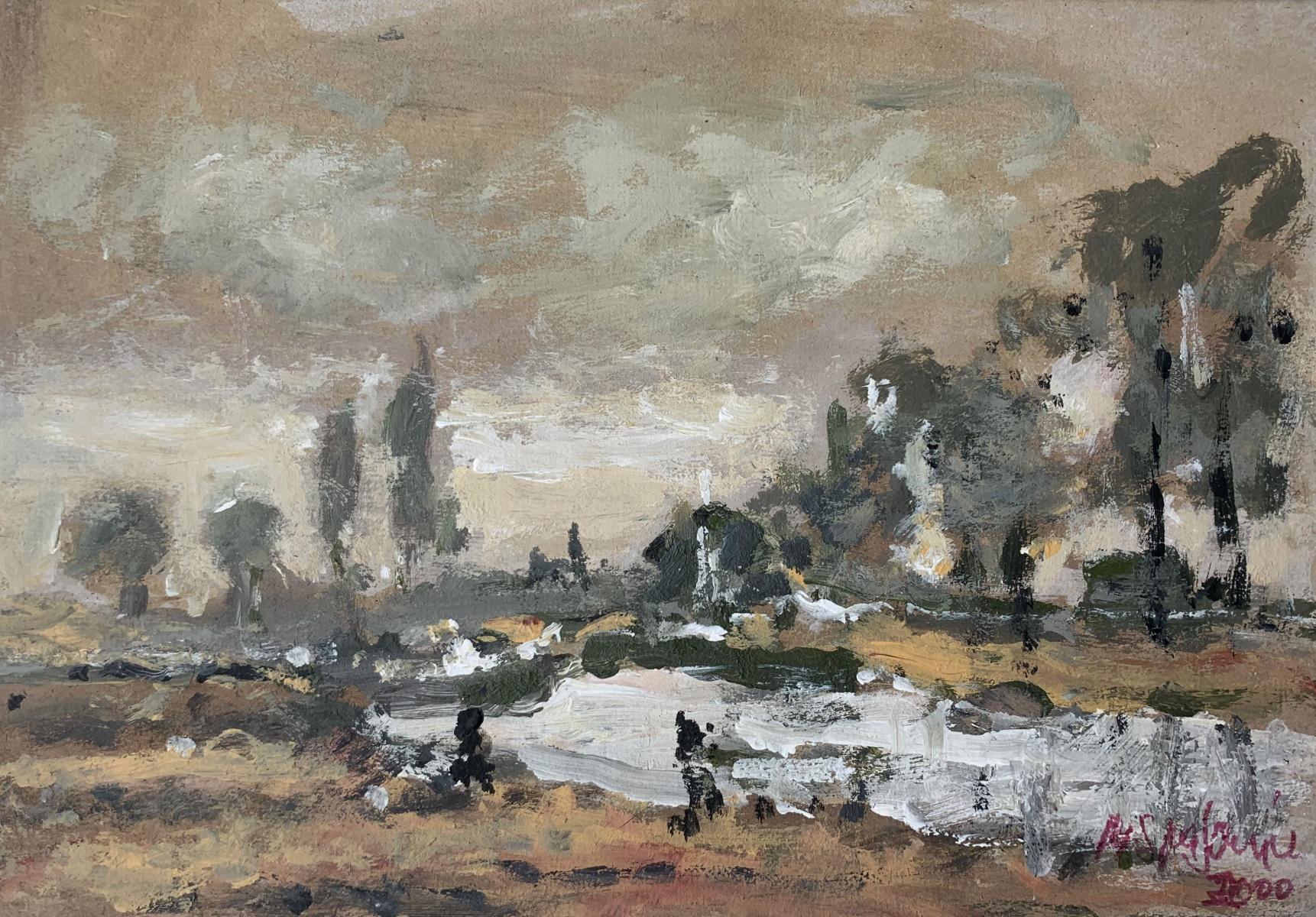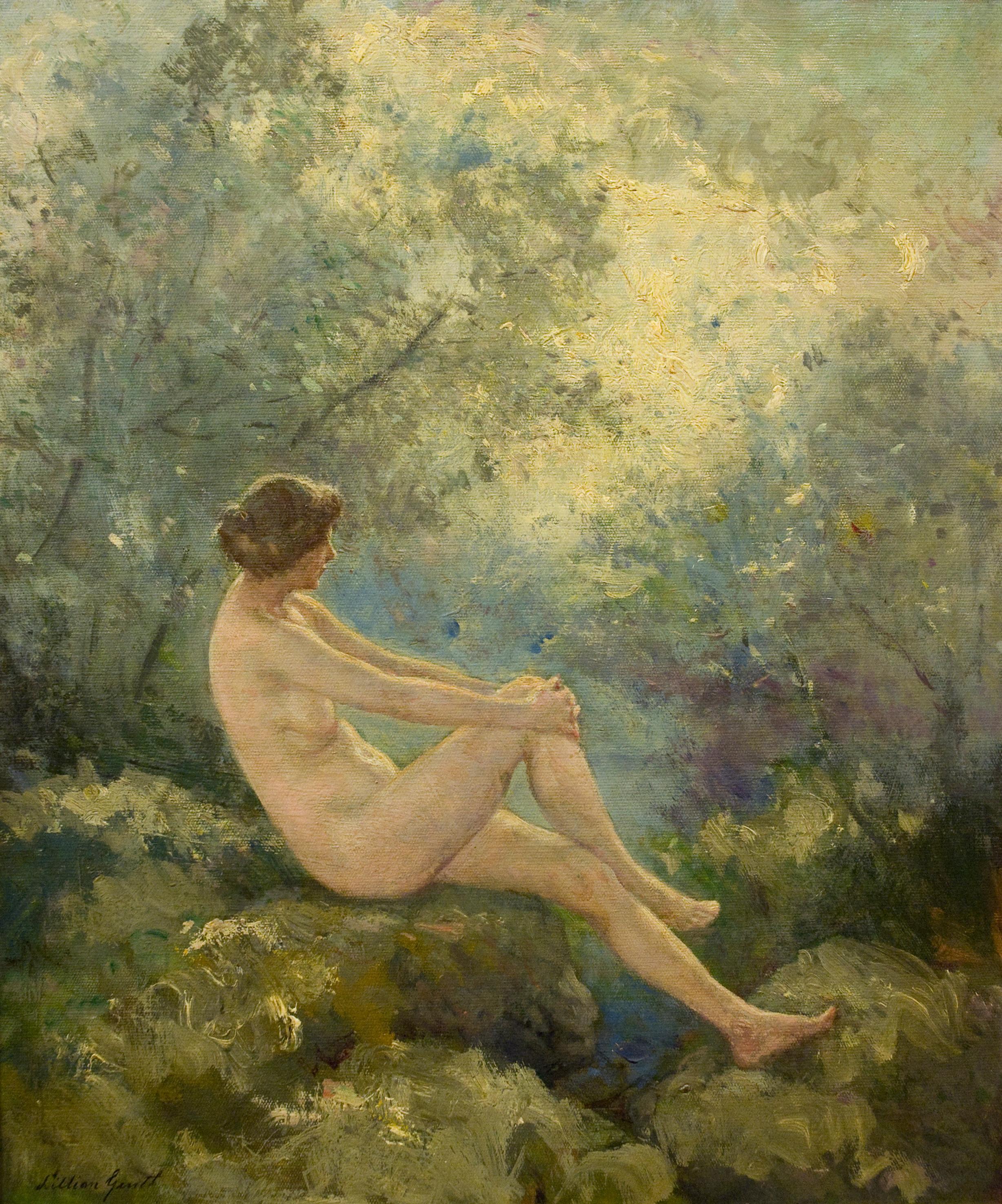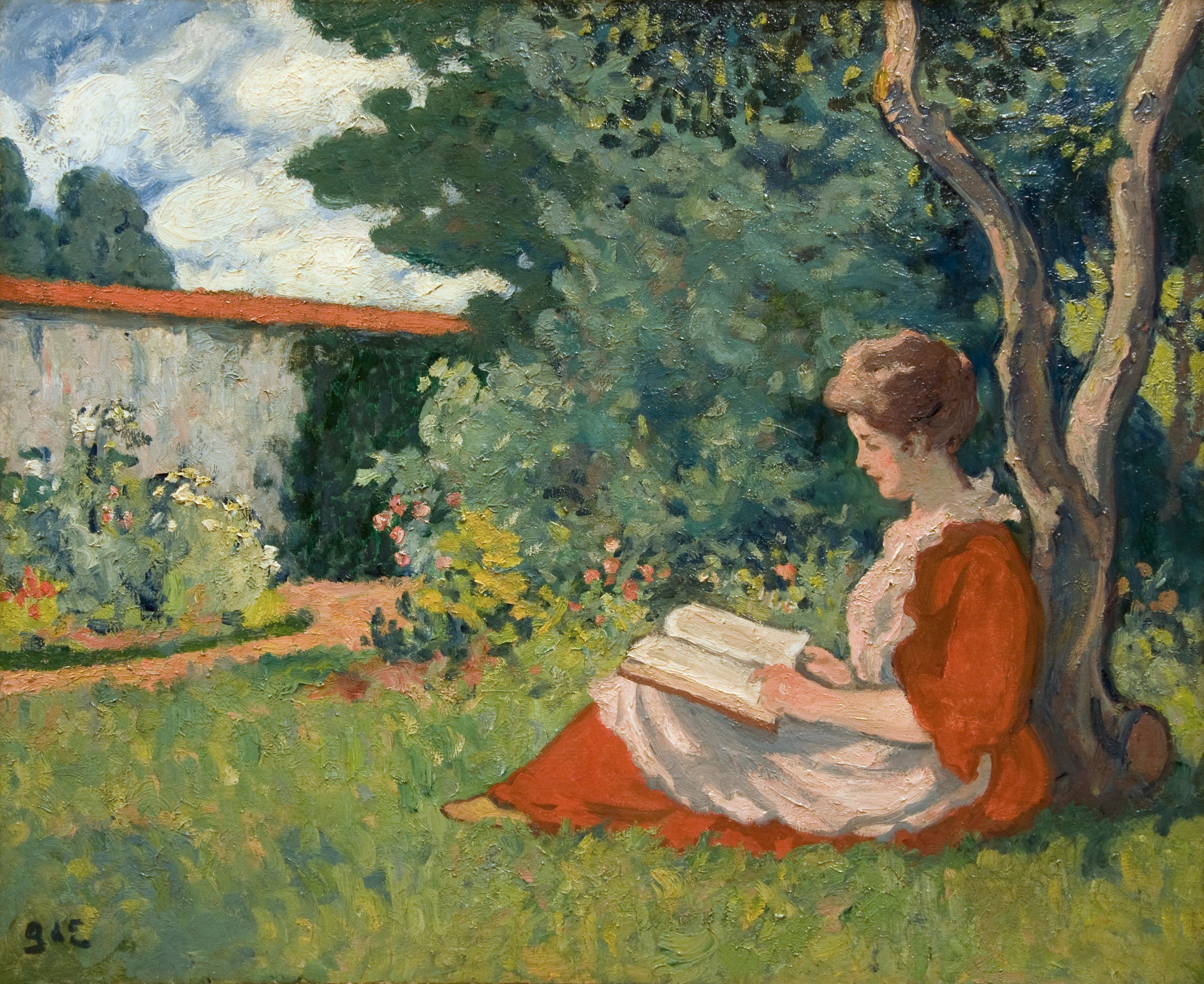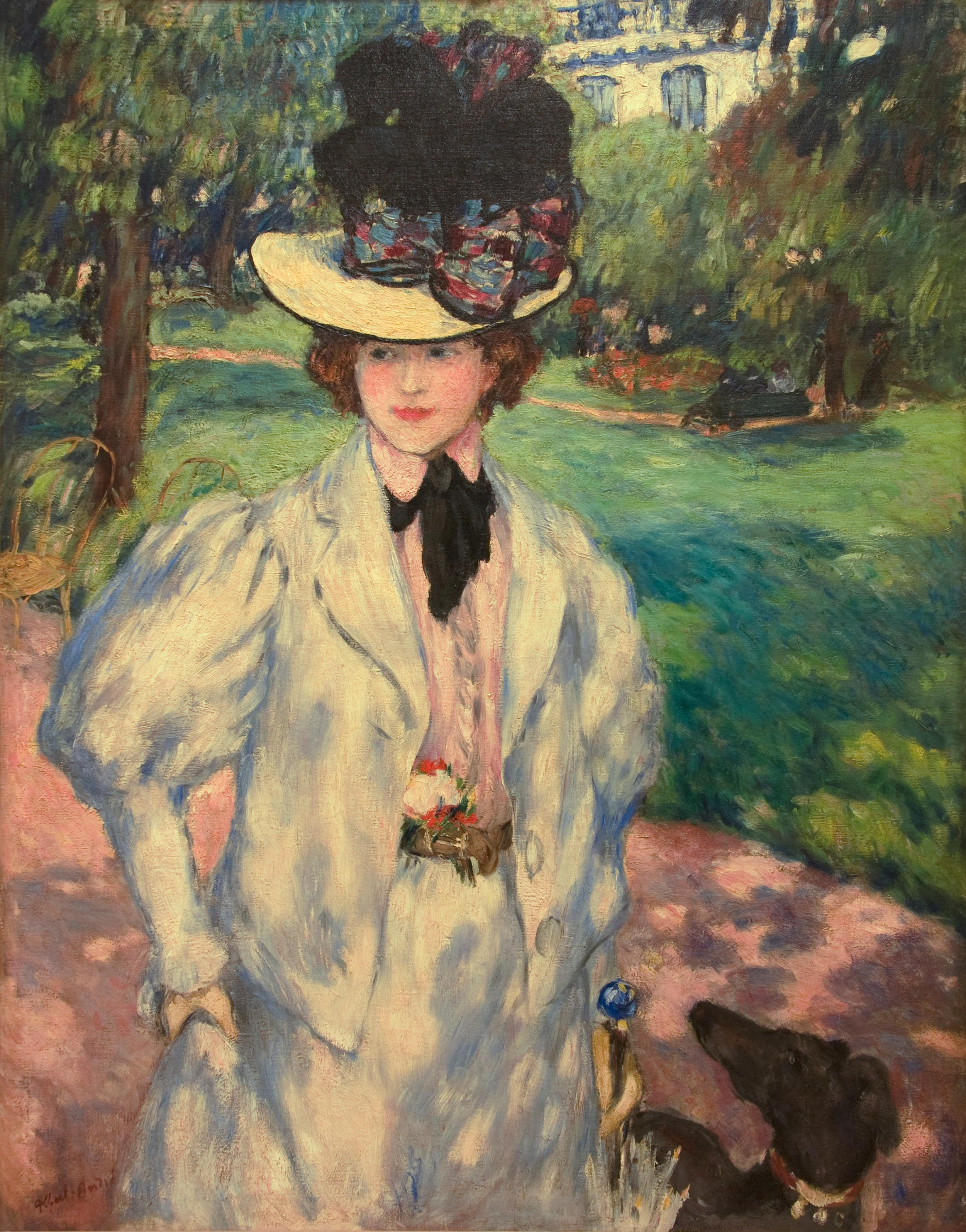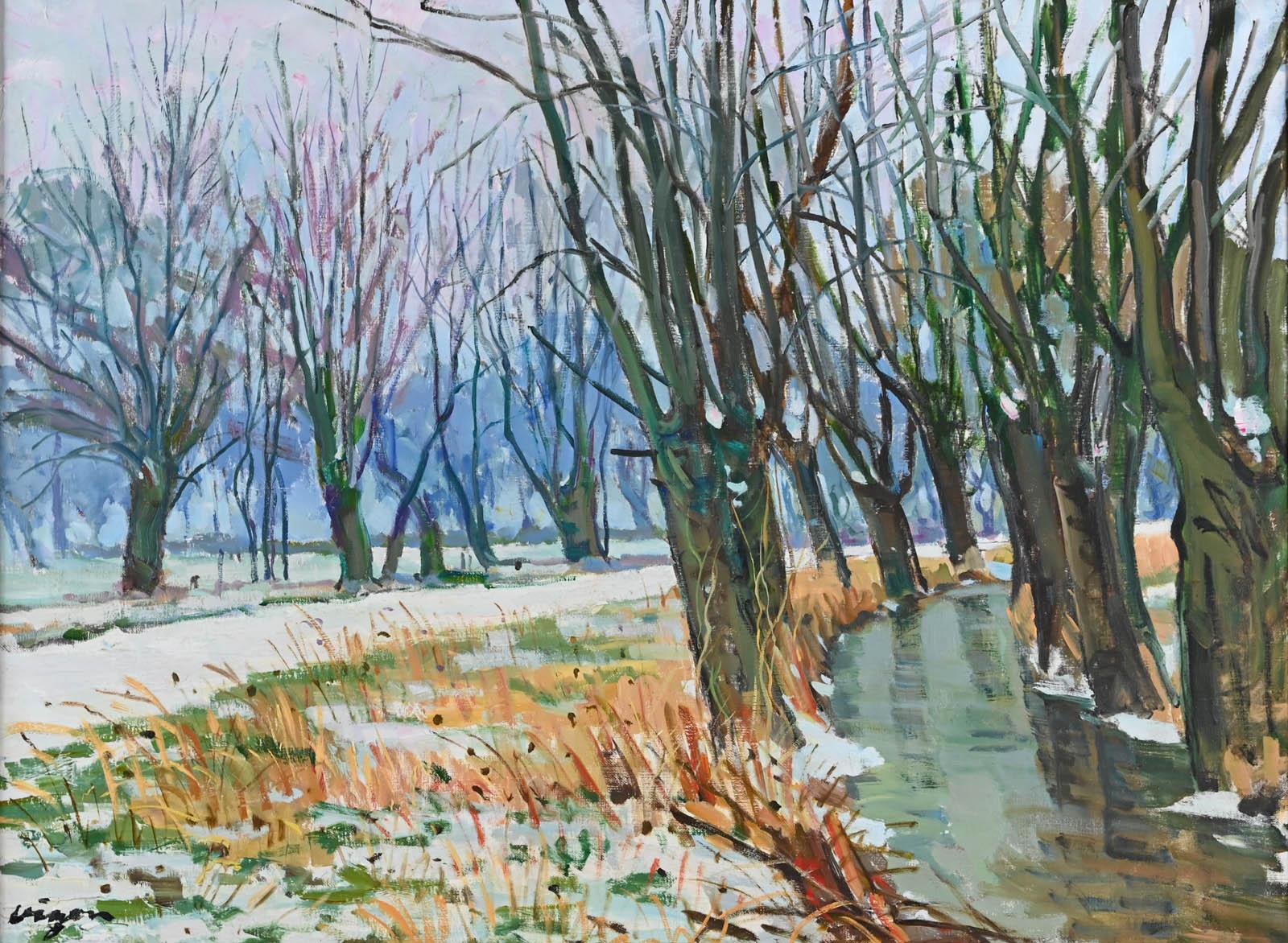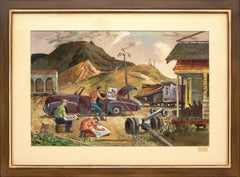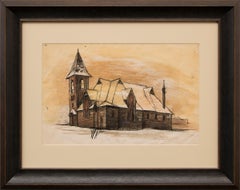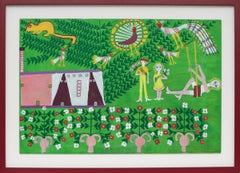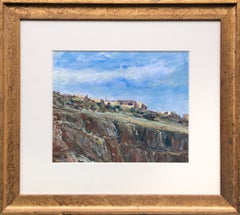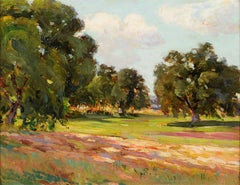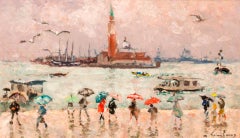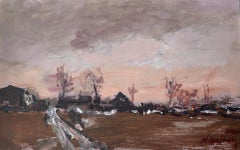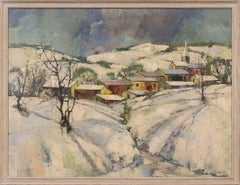
Untitled (Winter Village)
View Similar Items
Want more images or videos?
Request additional images or videos from the seller
1 of 10
Jean Claude MayodonUntitled (Winter Village)circa 1965
circa 1965
$5,450List Price
About the Item
- Creator:Jean Claude Mayodon (1938 - 1981, French)
- Creation Year:circa 1965
- Dimensions:Height: 38.75 in (98.43 cm)Width: 50.75 in (128.91 cm)Depth: 1.25 in (3.18 cm)
- Movement & Style:
- Period:
- Condition:
- Gallery Location:Denver, CO
- Reference Number:Seller: 216491stDibs: LU2732332011
About the Seller
5.0
Gold Seller
Premium sellers maintaining a 4.3+ rating and 24-hour response times
Established in 1979
1stDibs seller since 2013
289 sales on 1stDibs
Typical response time: 13 hours
Authenticity Guarantee
In the unlikely event there’s an issue with an item’s authenticity, contact us within 1 year for a full refund. DetailsMoney-Back Guarantee
If your item is not as described, is damaged in transit, or does not arrive, contact us within 7 days for a full refund. Details24-Hour Cancellation
You have a 24-hour grace period in which to reconsider your purchase, with no questions asked.Vetted Professional Sellers
Our world-class sellers must adhere to strict standards for service and quality, maintaining the integrity of our listings.Price-Match Guarantee
If you find that a seller listed the same item for a lower price elsewhere, we’ll match it.Trusted Global Delivery
Our best-in-class carrier network provides specialized shipping options worldwide, including custom delivery.More From This Seller
View AllArtists Sketching, California, 1940s Large Modernist Gouache Painting, Landscape
By Frederick Shane
Located in Denver, CO
This original 1940s American Modernist gouache painting, "Artists Sketching (California)," captures a dynamic scene of three artists at work against a majestic mountain backdrop. With expressive brushwork and a rich color palette, the piece embodies Frederick E. Shane’s signature blend of realism and modernist abstraction. Signed, titled, and dated by the artist in the lower margin, this remarkable artwork reflects the era’s Regionalist influence and the artist’s keen eye for capturing creative moments in the natural landscape.
The painting is professionally housed in a custom archival frame, ensuring long-term preservation. Frame dimensions: 25.5 x 37.5 x 1.5 inches. Image size: 20.25 x 29.75 inches.
Provenance: Estate of the Artist, Frederick Shane
About the Artist: Frederick E. Shane (1906-1992)
A celebrated Missouri Regionalist painter and printmaker, Frederick E. Shane was known for his compelling genre scenes, landscapes, seascapes, and portraits in a variety of media, including oil, watercolor, gouache, tempera, and lithography. While fundamentally a realist, Shane often incorporated elements of abstraction, expressionism, and surrealism, adding depth and emotion to his compositions.
During the summers of 1925-26, Shane studied under Randall Davey at the Broadmoor Academy in Colorado Springs, an institution founded in 1919 by philanthropists Spencer and Julie Penrose. Shane remained closely connected to the Colorado Springs Fine Arts Center, the Academy’s successor, throughout the 1940s and early 1950s, participating in Artists West of the Mississippi exhibitions and forming lasting friendships with key figures like Boardman Robinson and Adolph Dehn...
Category
1940s American Modern Landscape Paintings
Materials
Gouache
Church in Leadville, Colorado, 1930s Framed Landscape Watercolor & Ink Painting
By Jenne Magafan
Located in Denver, CO
This rare, original WPA-era painting, Church in Leadville (1938), was created by renowned Colorado and Woodstock modernist artist Jenne Magafan (1916-1952). The watercolor and ink wo...
Category
1930s American Modern Landscape Paintings
Materials
Archival Ink, Watercolor
1960s Mexican-American Folk Art Oil Painting, Girl on Swing, Birds, Bright Color
By Martin Saldana
Located in Denver, CO
This vibrant 1950s-1960s oil painting by renowned Mexican-American folk artist Martin Saldaña (1874–1965) depicts a whimsical outdoor scene with a young girl on a swing, accompanied ...
Category
Mid-20th Century Folk Art Landscape Paintings
Materials
Oil
1970s Acoma Pueblo, New Mexico Southwest Landscape Gouache Painting, Signed Art
Located in Denver, CO
This stunning gouache painting by Wolfgang Pogzeba (1936-1982) captures the beauty of Acoma Pueblo, New Mexico, depicting a dramatic cliffside landsca...
Category
1970s American Modern Landscape Paintings
Materials
Gouache
Golden Cycle Mill Colorado WPA Mining Watercolor, 1940s Grayscale Artwork
By Charles Ragland Bunnell
Located in Denver, CO
Original 1940s grayscale watercolor painting by American artist Charles Ragland Bunnell, capturing a semi-abstracted view of the Golden Cycle Mill in Colorado Springs, Colorado. Painted in subtle shades of black and gray, this unique WPA-era landscape combines industrial subject matter with expressive, modernist style. A striking piece of American regionalist art from the mid-20th century.
The work is presented in a custom black frame.
Framed dimensions: 18" H x 19 ½" W x 1 ⅜" D
Sight size: 8 ⅛" H x 9 ⅝" W
The Golden Cycle Mining and Reduction Company, depicted in this piece, was a major part of Colorado's mining boom in the early 20th century. Located in Colorado City (now part of Old Colorado City), the mill played a significant role in the region’s gold production and industrial development.
About the Artist: Charles Ragland Bunnell (1897–1968)
Charles Bunnell was a pivotal figure in Colorado’s 20th-century art scene. He worked across multiple styles—from representational landscapes to fully abstract compositions—and was one of the few artists in Colorado to successfully embrace the evolving trends of Modernism, Surrealism, and Abstraction after WWII.
Bunnell studied under notable artists at the Broadmoor Art Academy, including Ernest Lawson and Birger Sandzén. His early works, including regional landscapes and mining scenes like this one, showcase a mix of American Scene painting and semi-abstract structure. He later became known for his bold experimentation with color, form, and geometry, producing both expressive oils and ink-watercolor series such as Black and Blue.
He participated in multiple New Deal art...
Category
1940s American Modern Landscape Paintings
Materials
Watercolor
East Santa Cruz Landscape: Yellow Farmhouse with Storm Clouds Oil Painting
By Jon Blanchette
Located in Denver, CO
East Santa Cruz (California) is a striking original oil painting on canvas board by noted California artist Jon Blanchette (1908–1987). This evocative landscape features a bright yellow farmhouse set against a backdrop of dramatic dark gray storm clouds, capturing the natural beauty and emotional contrast of the California coast. Blanchette’s expert use of light and color creates a compelling sense of both tranquility and approaching tension.
Painted in the mid-20th century, this work reflects Blanchette’s signature romantic realism and deep connection to the California landscape. The painting is presented in a custom frame using archival materials. Framed dimensions: 21 ¾ x 25 ¾ x 1 ½ inches, image size: 16 x 20 inches
About the Artist:
Born in England, Blanchette studied at the Pittsburgh Art...
Category
1950s American Modern Figurative Paintings
Materials
Oil
You May Also Like
Emile Chaumont (1877-1927) - Summer landscape in Dordogne
Located in BELEYMAS, FR
Emile CHAUMONT
(Perigueux 1877 - 1927)
Summer landscape in Périgord
Oil on panel
H. 32 cm; L. 41 cm
Signed lower left, dated 1912
Provenance: Private c...
Category
1910s Post-Impressionist Landscape Paintings
Materials
Oil, Panel
Pluie a Venice (Venice in the Rain)
By André Hambourg
Located in Costa Mesa, CA
Pluie a Venice is painted in Hambourg's preferred palette of muted blue-green, grey, and gold with splashes of ruby red, deep blue, and emerald green. The soft colors work well for beach scenes and rainy days such as the ones portrayed in this painting. The impressionistic scene shows multiple pedestrians strolling down the boardwalk, shielding themselves from the rain with colorful umbrellas that provide pops of color and balance the overcast sky.
The background contains a three-masted ship and Piazza San Marco's famous bell tower and Basilica. Hambourg uses the minimum number of brushstrokes necessary to portray ships, seagulls, buildings and people as well as reflections on the glistening sidewalk. The brushstrokes in the sky have an interesting texture that is controlled yet carefree and there is heavy impasto throughout. His portrayal is both realistic and romanticized.
Hambourg was clearly influenced by the great Impressionist artists of earlier generations, perhaps none more than the one with a direct connection to his family. Hambourg's wife, Nicole Rachet, was born into a family with a large collection of works by Impressionist master Eugene Boudin. Rachet's grandfather was a contemporary and friend of Boudin's, and a collector of his work. In their later years, Hambourg and Rachet donated over 300 canvases by Boudin and other artists to the Eugene Boudin Museum in Honfleur, France. It was such a large and important gift that the collection bears...
Category
1960s Post-Impressionist Landscape Paintings
Materials
Canvas, Oil
Untitled. Oil on cardboard, Figurative, Landscape, Polish art
By Magdalena Spasowicz
Located in Warsaw, PL
20th century figurative landscape oil on canvas on cardboard painting by Polish artist Magdalena Spasowicz. Artwork is in classic style, it resembles impressionism. Composition is pa...
Category
21st Century and Contemporary Post-Impressionist Landscape Paintings
Materials
Oil, Board
Landscape by the river. Oil on cardboard, Figurative, Polish art
By Magdalena Spasowicz
Located in Warsaw, PL
20th century figurative landscape oil on canvas on cardboard painting by Polish artist Magdalena Spasowicz. Artwork is in classic style, it resembles impressionism. Composition is pa...
Category
21st Century and Contemporary Post-Impressionist Landscape Paintings
Materials
Oil, Board
Nocturn. Oil on cardboard, Figurative, Landscape, Polish art
By Magdalena Spasowicz
Located in Warsaw, PL
20th century figurative landscape oil on canvas on board painting by Polish artist Magdalena Spasowicz. Artwork is in classic style, it resembles impressionism. Composition is painte...
Category
21st Century and Contemporary Post-Impressionist Landscape Paintings
Materials
Oil, Board
Shrine of Dreams
Located in Mc Lean, VA
Signed lower left
Lillian Genth was an important American figurative painter. She studied in the U.S. and in Paris, under James McNeil Whistler. Genth p...
Category
Early 20th Century Post-Impressionist Figurative Paintings
Materials
Canvas, Oil


